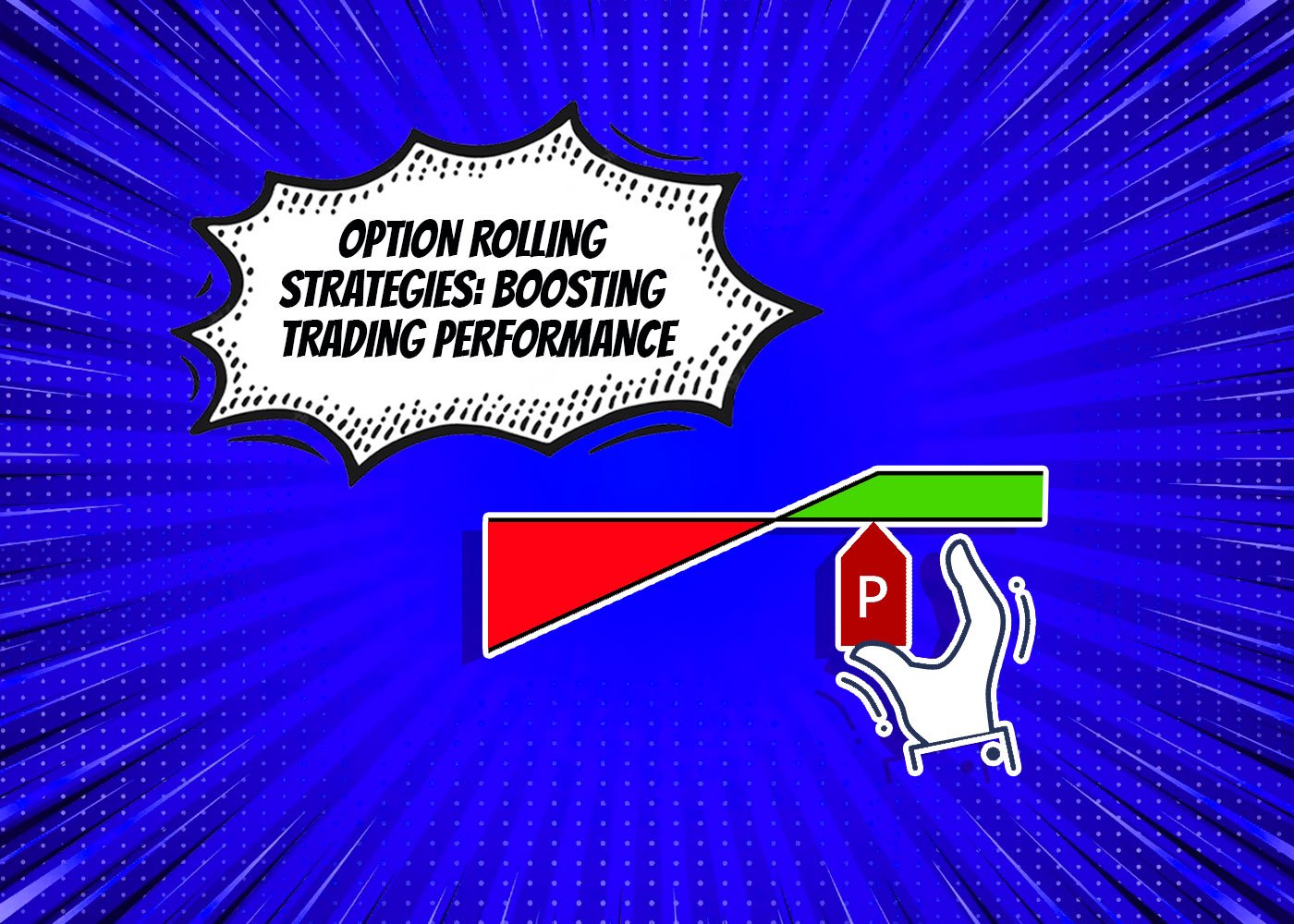How’s it going options traders!? So, you’ve found yourself in a bit of a struggle with a losing trade as expiration coming closer . Don’t you worry we’ve got a strategy up our sleeves that might just save the day; rolling positions!
Just like using f5 on your browser, rolling an option is like hitting the refresh button on your trade . It involves closing your current option position and opening a new one in the same underlying security . You can roll up-down-or-out, depending on your needs .
In these situations the main goal of rolling options is to extend the duration of your trade and give it more time to turn profitable . Imagine you’re running out of time on your current option but you still believe in the underlying security . Rolling the option out to a later expiration date allows you to collect additional premium and move the break-even point without allocating more capital or increasing risk . It’s like giving your trade a second chance at success!
Rolling Options: A Second Chance for Success
There is another useful rolling strategy is rolling up or down the unchallenged side of a multi-leg position . By doing this you can shift the break-even point on the position and widen the price range where it becomes profitable . It’s a clever way to adapt your trade and increase your chances of making a profit .
So do you know when should you roll an option? Well, traders roll positions for various reasons . In this discussion we’ll primarily focus on options sellers who roll their positions as part of their portfolio and risk management plan . Rolling options allows you to maintain exposure to a trade and gives it the opportunity to work in your favor .
Rolling Strategies for Options Sellers
For those who sells options, rolling out to a later expiration date can provide more credit; widen or shift the break even point, and extend the trade’s duration . Rolling up or down the unchallenged side of an iron condor can help you adjust the position take in additional credit, and expand the break-even point . You can also roll a call option out and up to lock in profit or roll a put option down and out to secure your gains . The possibilities are seeming endless!
How do you actually roll options? The key is to adjust your position and take in more credit to reduce the maximum loss without adding additional risk . This credit widens the break even point and increases the range of profitability . However; it’s essential to consider the potential risks and weigh them against the benefits . Rolling options can sometimes increase the position’s risk, especially if it requires a debit .
Rolling Long Positions: Extending Duration and Managing Risk
Don’t forget this! As a general rule options sellers try to avoid paying to extend a position’s duration . The primary goal of any adjustment or rolling trade is to reduce risk . Paying a debit to extend a trade ultimately adds risk to your losing trade . You need to assess whether extending the trade is worth the additional cost and potential risk involved .
Let’s go into talking about specific rolling strategies for different types of options . Iron condors for example can be rolled out to a future expiration date to maximize potential profit . By closing the original iron condor and reopening it for a later expiration date, you can extend the trade’s duration and potentially improve its performance .
Bull put spreads can also be rolled out to a later expiration date to extend the trade’s duration . Similar to an iron condor, rolling a bull put spread for a credit helps reduce risk and widens the break-even point . You can achieve this by purchasing the existing position and selling a new spread with a later expiration date .
In this writing; we have primarily focused on rolling options selling positions so far, but it’s worth mentioning that there are times when traders roll long positions as well . Rolling long puts can be used for portfolio insurance or to extend duration on directional trades .
However; when it comes to rolling long call positions, you have the option to adjust them to extend the trade’s duration . If the stock price hasn’t increased enough before expiration you can roll the position out by selling the current call option and buying a new one with a future expiration date . Although you should keep in mind that rolling long call options usually comes at a cost due to higher options prices with extended time .
Keep in mind that in any trading strategy it is vital to figure out whether rolling options is beneficial or increases risk . Sometimes it’s better to take the loss and move on to the next trade . Remember, time can work against challenged positions but rolling options can be a smart way to give them a fighting chance . Just keep in mind that not all rolling options are created equal, and it’s essential to assess the risks and potential rewards before making any adjustments .
Fellow options traders, believe in the power of rolling positions and keep on navigating the exciting world of options trading . Wish your rolls be smooth, and your trades profits through the roof!
It may get your attention:
Tastytrade vs. Robinhood: Which Might Be a Better Choice for You? (2023)
How to Withdraw Money from FXTM in 2023: Step-by-Step Guide
Forex.com vs. Moomoo: Which Trading Platform is Right for You?





























































































![BitTorrent [New]](https://s2.coinmarketcap.com/static/img/coins/64x64/16086.png)
















